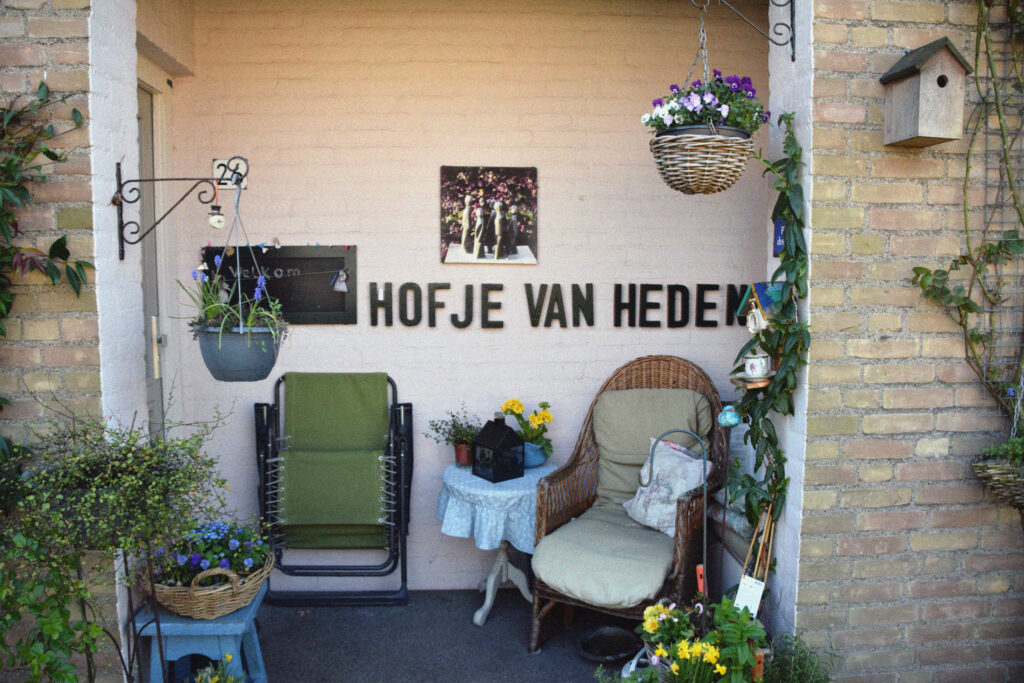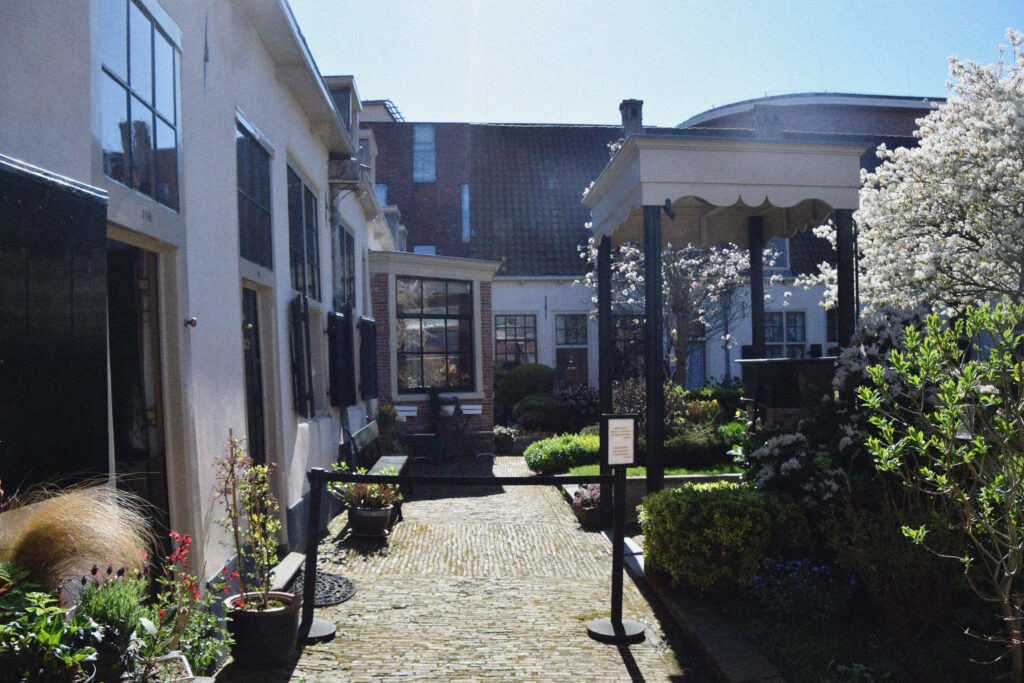Among this year’s recipients of the RIBA Wren Insurance Association Scholarship is Max Hubbard, a Churchill College student whose research into architecture for early-stage dementia care is rethinking inclusive design.
“I am deeply grateful to the RIBA and the Wren Insurance Association for selecting me as a scholar,” Max said. “The award will be instrumental in advancing my research into the spatial needs of individuals living with early-stage dementia—an urgent and underexplored area within architectural discourse.”
Max’s scholarship-supported research represents a departure from conventional approaches to dementia care design. While most architectural research has focused on wayfinding and visuospatial clarity within institutional settings, his work explores more nuanced spatial needs. “I am looking at how architectural design can respond to the subtle shifts in perception, orientation, and memory that accompany the early stages of the condition,” he explains.
“Most architectural research into dementia has focused on wayfinding and visuospatial clarity, but my research is looking more at less tangible qualities such as familiarity, sensory comfort, and agency,” Max continues. “These can support autonomy and dignity at a point where people are typically still living within their communities rather than institutional settings.”
His research examines “the everyday urban environment, such as streets, neighbourhood amenities, and public infrastructure, which might be adapted and reimagined to enable people with dementia to remain active and socially connected.” This approach considers the entire urban fabric as potential care infrastructure, moving beyond the traditional model that confines care to specialized facilities.
The scholarship enables crucial international fieldwork that was previously beyond reach. Max has already conducted preliminary research in the Netherlands, exploring care homes with pioneering approaches, but cost constraints prevented him from visiting De Hogewyk, the most influential facility in the field. The RIBA scholarship will now enable further fieldwork at groundbreaking environments.



The award will also support Max’s planned research trip to Japan, over the Christmas 2025 break, to study emerging architectural models of elderly care. These facilities offer compelling case studies, designed as neighbourhood assets rather than isolated institutions, demonstrating how architecture can foster social interaction and community integration.
Central to Max’s methodology is positioning residents as co-creators rather than passive subjects of design. “My work seeks to move beyond institutional care models and instead propose open-ended, dignified interventions within the everyday urban environment,” he explains.
Max is exploring interventions including small-scale pavilions, sensory interventions in public spaces, and design strategies that soften boundaries between care models and urban life. The work represents a fundamental critique of the current care paradigm that removes individuals with dementia from society, instead proposing architecture as a tool for inclusion that enables individuals to maintain their place within the community while receiving appropriate support.
Beyond funding, the RIBA Wren Insurance Association Scholarship provides access to professional mentorship that will shape Max’s development as an architect. “This award allows me to focus fully on my design thesis and share insights that advocate for more inclusive, responsive architecture,” he notes. “I look forward to the opportunity to engage with professional mentorship in my future development as an architect responding to pressing ecological and socio-political issues.”
Max’s work exemplifies the RIBA scholarship program’s mission to support outstanding students with potential to make significant contributions to architecture, demonstrating how academic research can address pressing social challenges, reimagining what inclusive urban environments might look like for some of society’s most vulnerable members.

